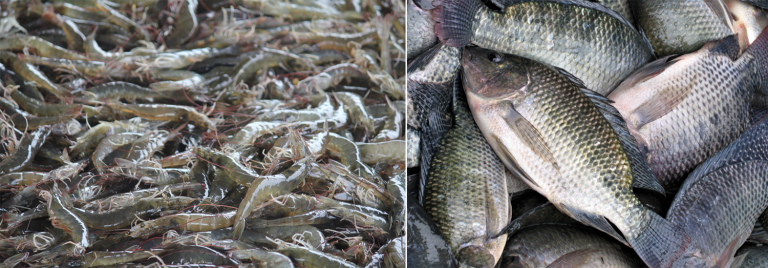
Health & Welfare
Comparing biofloc polyculture and IMTA production of Nile tilapia and Pacific white shrimp
To maximize production of both tilapia and shrimp in biofloc polyculture and IMTA production, the two species should be grown separately.
Responsibility
The open-access paper finds that polyculture, or farming multiple species in one system, can supplement capture fisheries and tilapia aquaculture.

Health & Welfare
To maximize production of both tilapia and shrimp in biofloc polyculture and IMTA production, the two species should be grown separately.
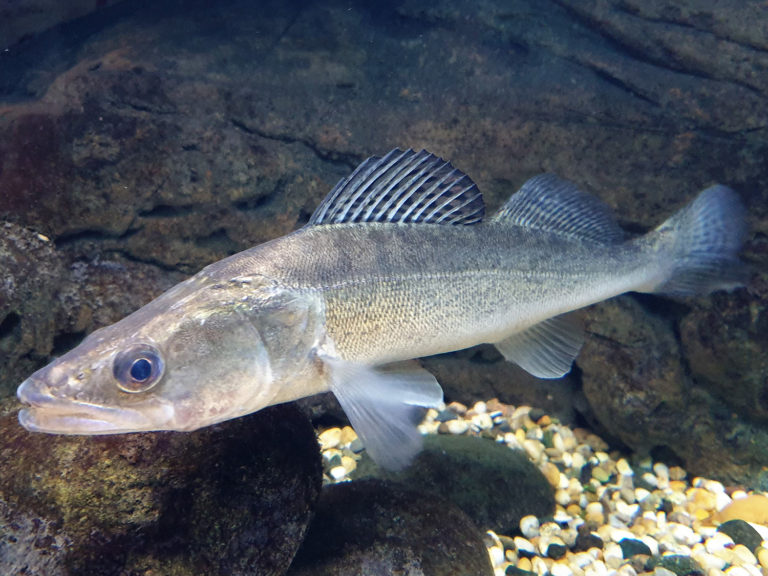
Intelligence
Evaluating production performance and behavior of juvenile pikeperch with other fish species in RAS monoculture and polyculture.
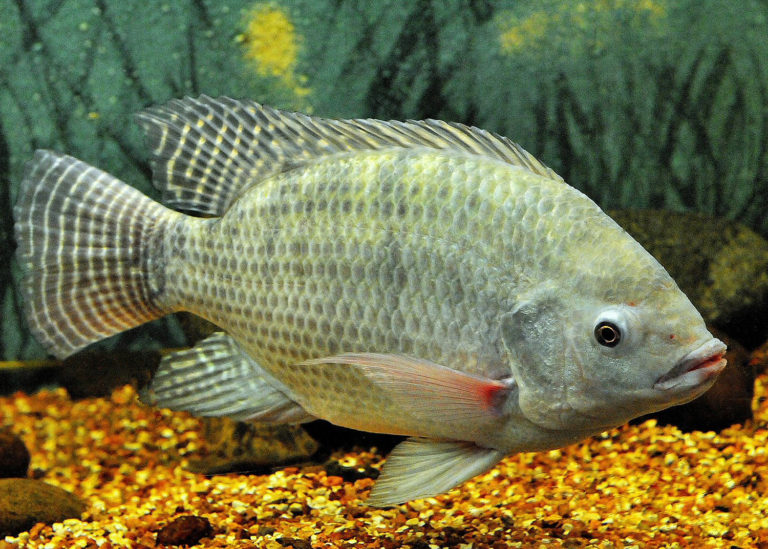
Intelligence
Study evaluates Nile tilapia in monoculture and polyculture with giant freshwater prawns in biofloc and recirculating aquaculture (RAS) conditions.
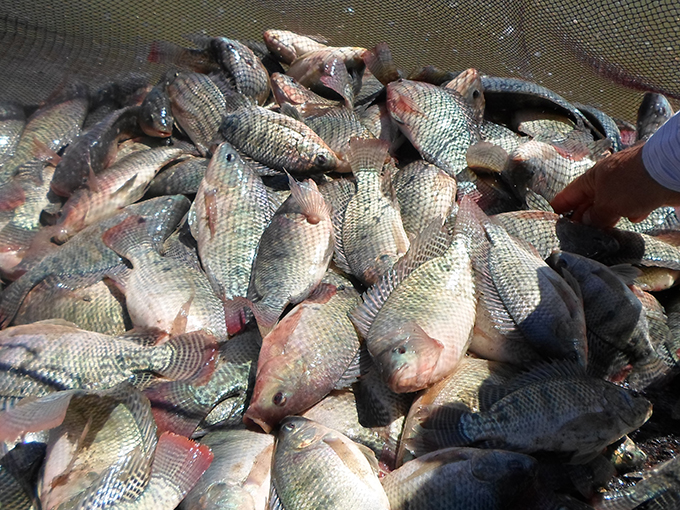
Responsibility
Egypt is the third-largest tilapia producer globally, after China and Indonesia, and accounts for about 80 percent of African production of farmed tilapia. Many of the reasons for Egypt’s successful development of its important tilapia industry could be applied to the rest of African continent.
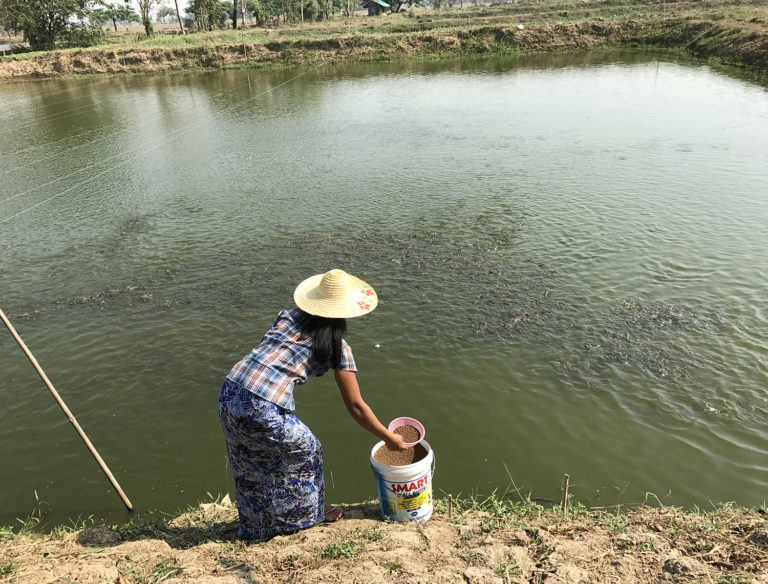
Responsibility
The U.S. Soybean Export Council’s farm demonstrations, farmer education efforts and formulated feeds are boosting tilapia production in rural areas of Myanmar, where indigenous carp are more commonly raised.
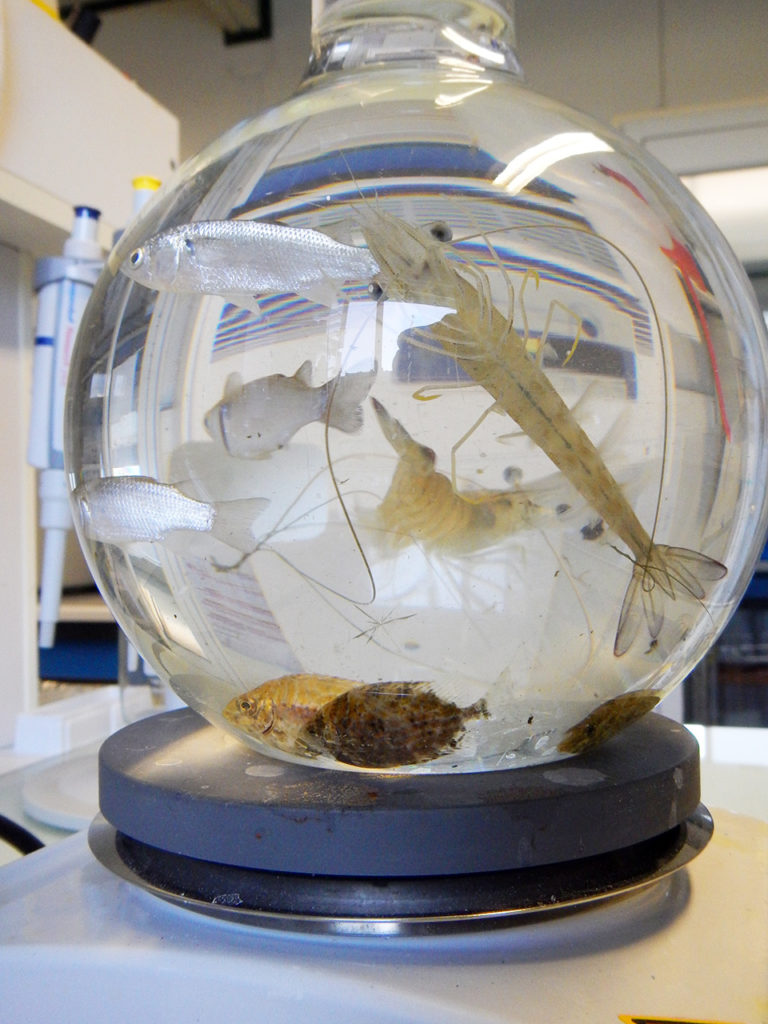
Health & Welfare
Seasonal pathologies reduce the profitability and sustainability of the shrimp-farming industry in New Caledonia. A study was therefore conducted to estimate the effects of polyculture of blue shrimp with goldline rabbitfish or mullet on production performance and environmental quality.
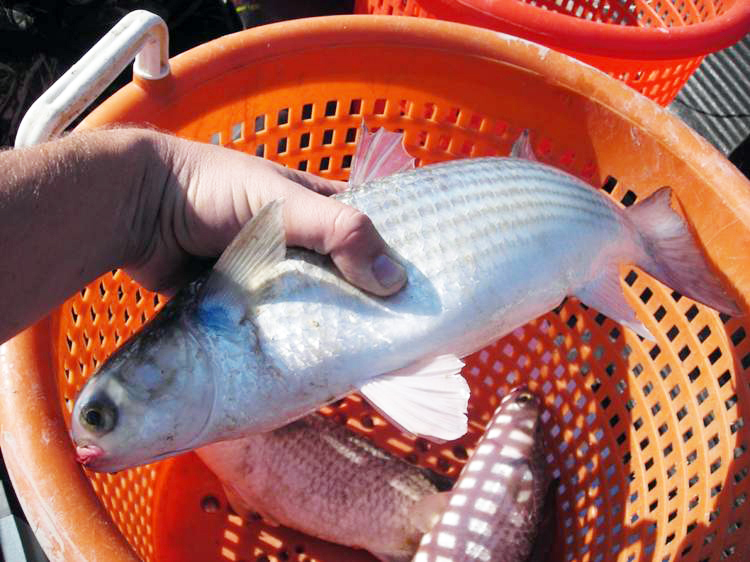
Health & Welfare
Field trails in Alabama, USA, demonstrated the potential of raising striped mullet with Pacific white shrimp in inland ponds. Using wild-caught fingerlings at low density, the trials found the same survival rates as for mullet and shrimp grown separately.
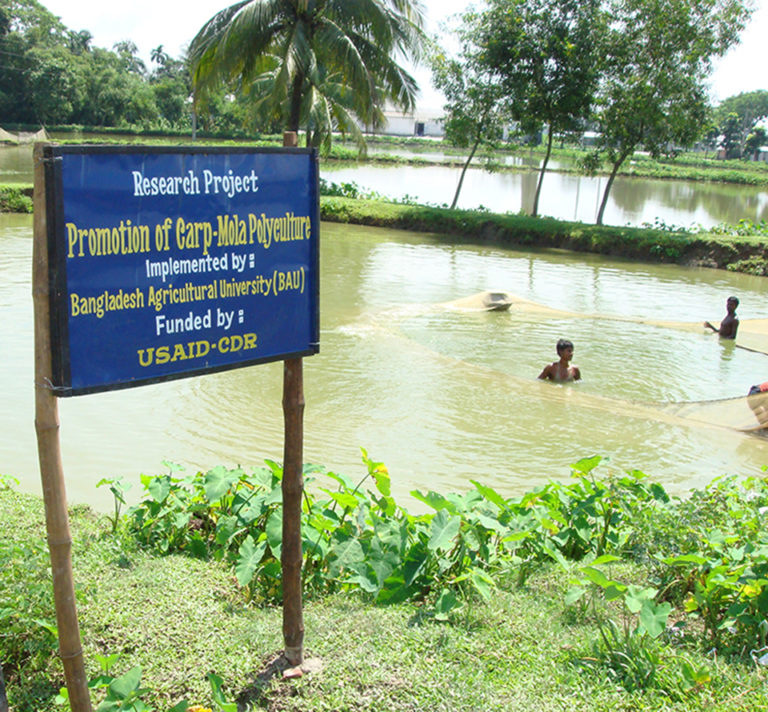
Responsibility
In a study of pond polyculture, manipulation of species composition improved fish yield and corresponding income. Selling the whole production increased income 27 percent.
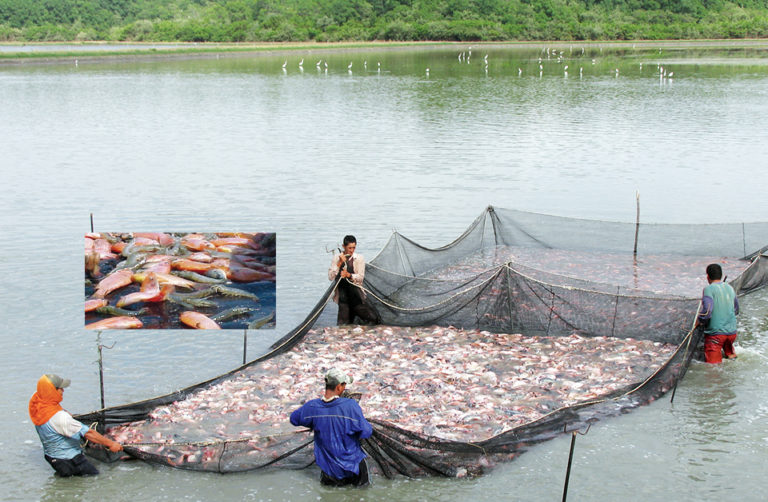
Intelligence
Tilapia culture in Ecuador is marked by vertically integrated companies that manufacture their own feeds and practice polyculture with Pacific white shrimp.
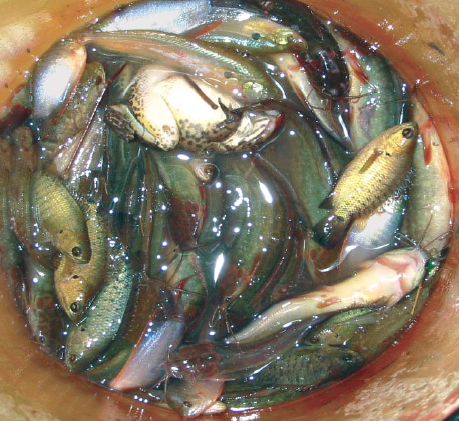
Health & Welfare
Even in commercial systems, management of self-recruiting species within diverse polycultures can reduce risk and produce valuable byproducts.
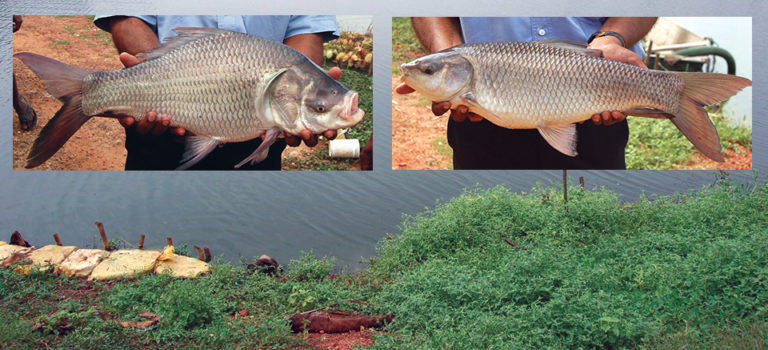
Responsibility
Carp polyculture with other species originally established through government projects has grown in India thanks to the application of advancing technologies and private financial investments.
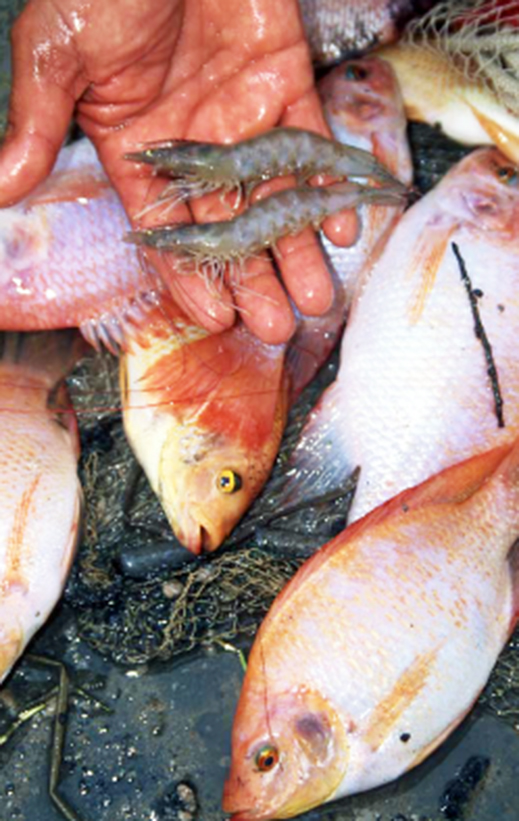
Responsibility
Polyculture production boosts fish and/or shellfish biomass and harvests by maximizing the different feeding habits and habitat preferences of varied culture species.
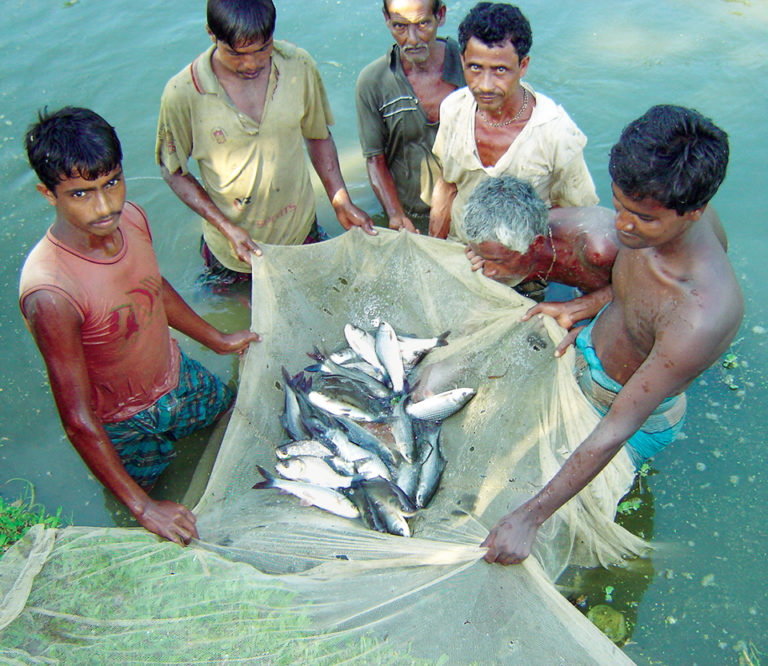
Responsibility
The addition of cheap, fast-growing silver carp to ponds with major carps would allow farmers to sell fish while retaining some for food purposes.
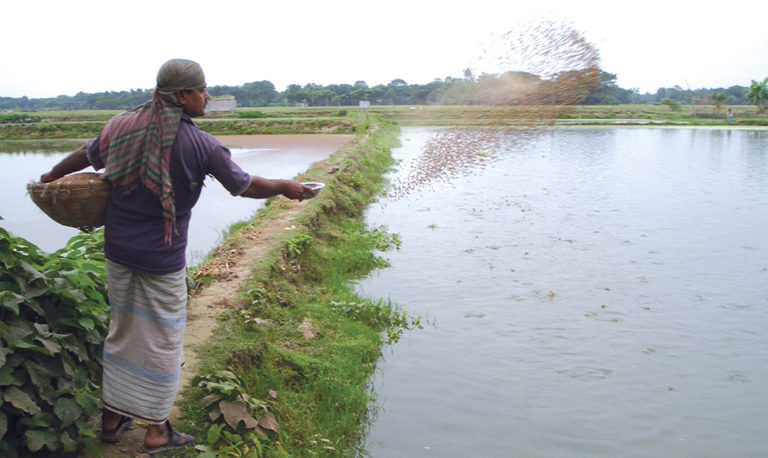
Responsibility
Traditional culture of native carps in Bangladesh has been diversified by the polyculture of introduced carps with tilapia and catfish. Production is becoming increasingly intensive, with an accompanying need for greater feed and other inputs. The culture of Thai pangas has expanded more rapidly than tilapia farming because pangas carry less risk and also provide a quick return.
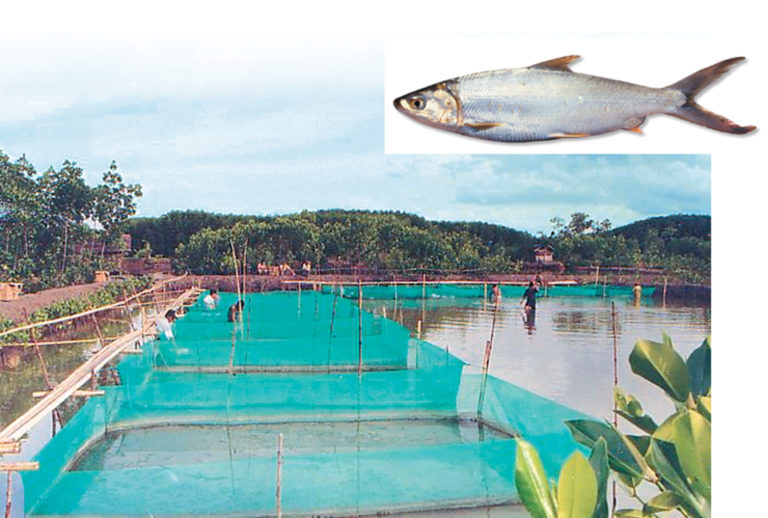
Responsibility
Acidification due to excavation and aeration of acid sulfate soil causes recurrent production losses and low yields in brackish water aquaculture.